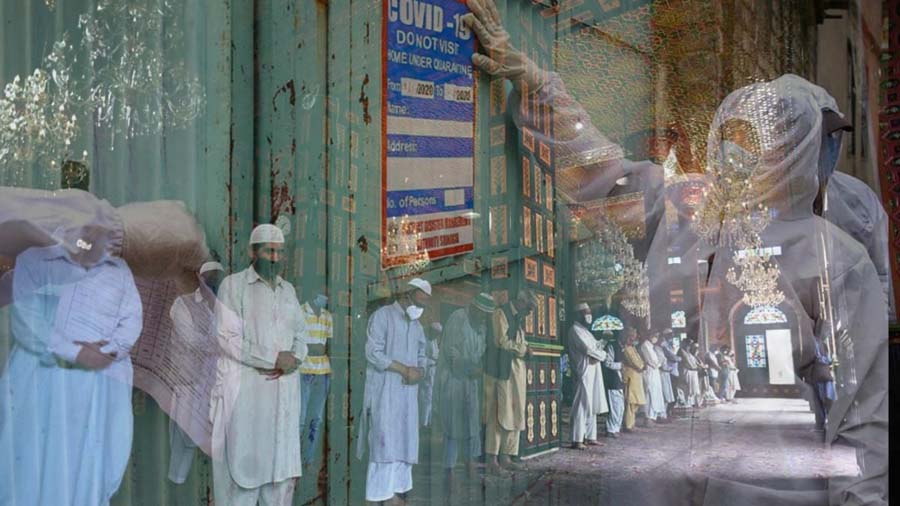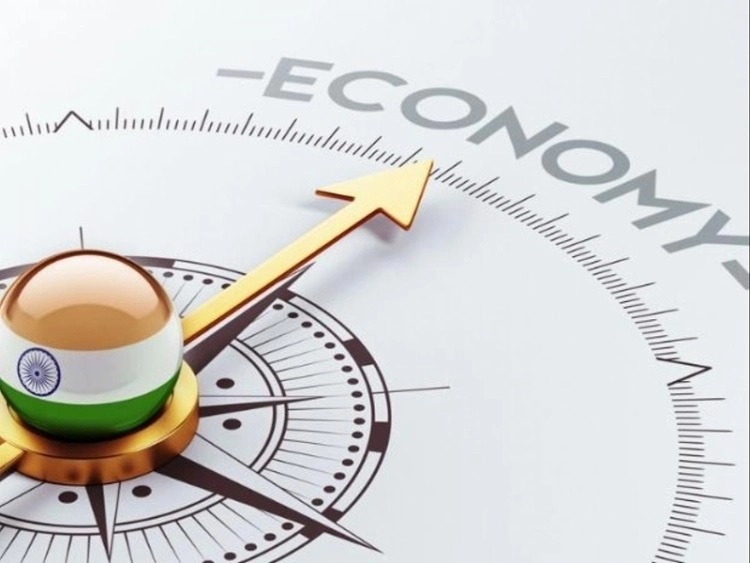
For the fight against coronavirus to succeed in the Valley, give people their agency back
WHEN Altaf Rasool (name changed), his wife and a daughter developed a sore throat and a mild cold around mid-July, they preferred not to tell anyone and self-quarantined. Rasool sent his old mother and the son to his brother’s home to ensure they didn’t catch infection.
“We hid our condition, didn’t test, certain in the belief that we had contracted the Covid-19 infection,” said Rasool who lives at Rawalpora in uptown Srinagar. “We started self-treating, taking antibiotics and anti-pyretics and gargling several times a day. Mercifully we recovered after a quarantine of 14 days”.
As J&K’s daily toll of confirmed positive cases shows a steady upward trend, with the caseload crossing 1300 a day, it doesn’t reflect the unknown number of symptomatic people like Rasool hiding away in their homes. If these people are also assumed to be positive, the daily caseload in the union territory will turn out to be disproportionately higher than it is now. And it is a troubling state of affairs for a region with a population of just 13 million.
The exponential rise in cases has already overwhelmed the healthcare infrastructure in the union territory, forcing the administration to ask the infected people to quarantine in their homes. The hospitals are now only for the people with an advanced illness, who need oxygen or ventilator support.
This state of affairs has come to pass despite the fact that J&K, more so, Kashmir Valley was under the longest Covid-19 lockdown. The Valley was uninterruptedly closed for 70 days unlike in the rest of the country where unlock started earlier. What’s more, the Covid-19 lockdown was put in place after the Valley had already been under a seven month long lockdown following the revocation of Article 370 on August 5 last year. The administration has since been intermittently imposing short duration lockdowns, some of them localised, but to little effect.
The Covid-19 caseload has only gotten bigger and bigger. And in the process the economy which was already reeling from month-long security lockdown and communications blockade has been wrecked. According to an estimate by the local business bodies, the Valley’s economy has so far suffered a loss of over Rs 40,000 crore. Its fallout on the ground has been grim: thousands of people have lost their jobs. Sectors of economy like tourism, handicrafts, hotel industry, IT, transport among others have been crushed. People have been forced to shut down their old unviable businesses and start new ones. In one poignant case, a handicrafts shop on Boulevard was converted into a wazwan outlet.
In such a situation, resorting to more lockdowns is suicidal. It is tantamount to deliberately pauperizing the people especially when there’s now a big question mark over the beneficial outcome of such a draconian measure. Or if at all the lockdown had any salutary impact, its returns are diminishing by the day. With all indications that the community transmission has set in at many places in Kashmir, the contagion has long outgrown the utility of a lockdown to address it.
So what should the government be doing instead?
Many things other than an easy recourse to lockdown. For one, there’s an urgent need to enforce the safety precautions in order to contain the pandemic. And to start with, there has to be an aggressive campaign to enforce the use of masks. More alarmingly, the masks are conspicuously absent from the faces of most of the people walking on the streets or those of the passengers using public transport. And none of these violators are taken to task.
This is strange. The government is ready to lock everything down at the drop of a hat, but it shirks from implementing the law when it comes to ensuring that the people observe precautions during the unlock period.
The administration needs to urgently work on two fronts: one, run an earnest awareness campaign alerting people to the deadliness of coronavirus and the urgency of observing safety precautions. Second, take strict action against the people who go out without masks or participate in large gatherings. These are the only pragmatic and hopefully helpful tools to tackle the contagion. That too, with least damage to the economy.
We also need to involve the community in the effort, including youth, Mohalla heads and most importantly religious preachers who will be tasked to exhort people to observe safety guidelines in their respective areas. This should have been done much earlier.
In Kashmir over the past year, the administration has obsessively regulated and dictated the public lives of people in such a manner that the latter have almost forgotten to mind them on their own. This is starkly reflected in the way the fight against Coronavirus has been carried out. The administration has taken to controlling the situation in a way that is no different from the security management of the situation arising out of the repeal of Article 370: This has denied people a sense of agency to act in their own interest.
This partly explains the indifference to Covid-19 safety protocols among people as they see controlling of the runaway contagion as the exclusive remit of the administration. This should force the government to introspect. It is not when it takes each and every decision on behalf of the people and inflicts sweeping lockdowns but when it makes them a stakeholder in these decisions that any positive developments can be achieved. An effective fight against Covid-19 needs the administration and the public to work in tandem, not the former trying to do it through thoughtless government decrees that achieve little more than throwing the lives of people upside down.
Follow this link to join our WhatsApp group: Join Now
Be Part of Quality Journalism |
Quality journalism takes a lot of time, money and hard work to produce and despite all the hardships we still do it. Our reporters and editors are working overtime in Kashmir and beyond to cover what you care about, break big stories, and expose injustices that can change lives. Today more people are reading Kashmir Observer than ever, but only a handful are paying while advertising revenues are falling fast. |
| ACT NOW |
| MONTHLY | Rs 100 | |
| YEARLY | Rs 1000 | |
| LIFETIME | Rs 10000 | |









